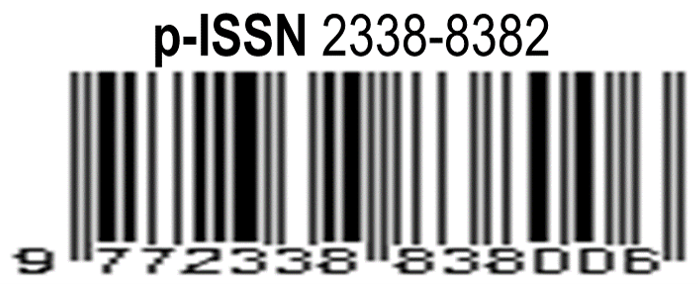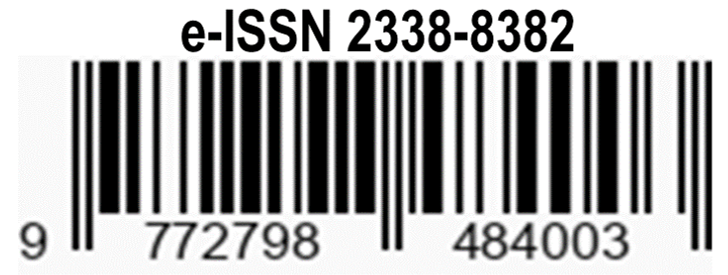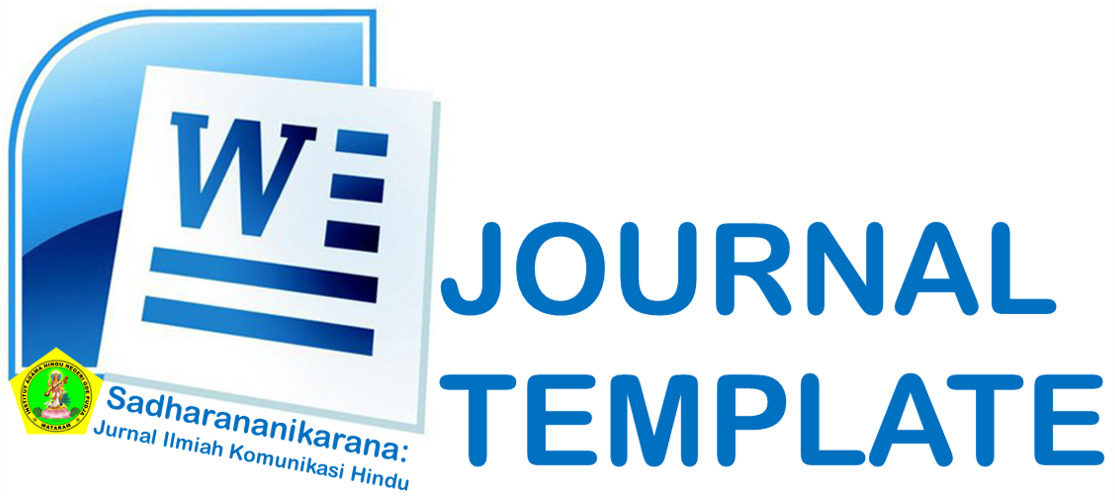Komunikasi Interpersonal Umat Hindu Dengan Non Hindu Di Dusun Badung Desa Malaka Kecamatan Pemenang Kabupaten Lombok Utara
Abstract
Unity among religious people shows evidence of compromise, where all religions uphold the values of peace and humanity. However, because there are different religious understandings, conflicts between religious communities and internal religious communities can be anticipated based on a human and family approach.
This research is a descriptive qualitative research conducted in Badung Hamlet, Malaka Village, Pemenang District, North Lombok Regency. Types and sources of data are primary and secondary data. Data collected by observation, interview and documentation. Furthermore, the data were analyzed with data reduction techniques, data display and data verification. The data from the analysis results are presented by following the method of writing the enhanced spelling.
Based on research conducted, obtained research results that show that the interaction or interpersonal communication of Hindus with non-Hindus in Badung Hamlet, Malaka Village, Pemenang District, North Lombok Regency is well established. The forms of interaction that occur between minority Hindus and non-Hindus in carrying out religious activities are the Associative Form and the Dissociative Form. Factors that influence Hinduism in carrying out religious life in a minority environment are religion, self-image, image of others and social environment. The impact of social interaction carried out by Hindus with non-Hindus is positive and negative on social life in the environment.
References
Habermas, Jurgen. 2009. Teori Tindakan Komunikatif II: Kritik Atas Rasio Fungsionalis. Yogyakarta: Kreasi Wacana.
Hardiman, F. Budi. 2012. Melampaui Positivisme dan Modernitas. Yogyakarta: Kanisius.
Liliweri, Alo. 2011. Komunikasi Serba Ada Serba Makna. Jakarta: Kencana.
Maleong. 2009. Metodelogi Penelitian Kualitatif. Bandung: PT. Remaja Rosda.
Mangunhardjana, A. 1997. Isme-Isme Dalam Etika: Dari A Sampai Z. Yogyakarta: Kanisius.
Mulyana, Deddy. 2008. Metodologi Penelitian Komunikasi. Bandung: PT. Remaja Rosdakarya.
Nazir, Moh. 2009. Metode Penelitian. Bogor: Ghalia Indonesia.
Santoso, Edi dan Setiansah, Mite. 2012. Teori Komunikasi. Yogyakarta: Graha Ilmu.
Sāyaṇācārya, Bhāṣya. 2005. Atharvaveda Saṁhitā I. Surabaya: Paramita.
Suardana, I Ketut Putu. 2016. Tesis: Komunikasi Transenden Dalam Ritual Nerang Di Tengah Peradaban Modernisasi Pada masyarakat Hindu di Kecamatan Gunungsari Kabupaten Lombok Barat. Mataram: STAHN Gde Pudja Mataram.
Suasthi & Suastawa. 2008. Psikologi Agama. Denpasar: Widya Dharma.
Suetha, Nyoman. 2014. “Komunikasi Simbolik Dalam Upacara Rsighana di Kecamatan Cakranegara Kota Mataram”. Tesis. Mataram : STAHN Gde Pudja Mataram.
Sugiyono. 2013. Metode Penelitian Kuantitatif Kualitatif Dan R&D. Bandung: Alfabeta.
Sumber Internet :
http://jeparahindu.com/e-journal/index.php/nizham/article/view/229/0, diakses Tanggal 20 Februari 2019.





.png)


.png)






